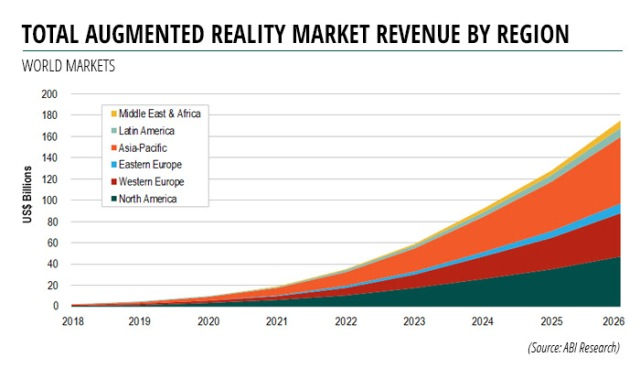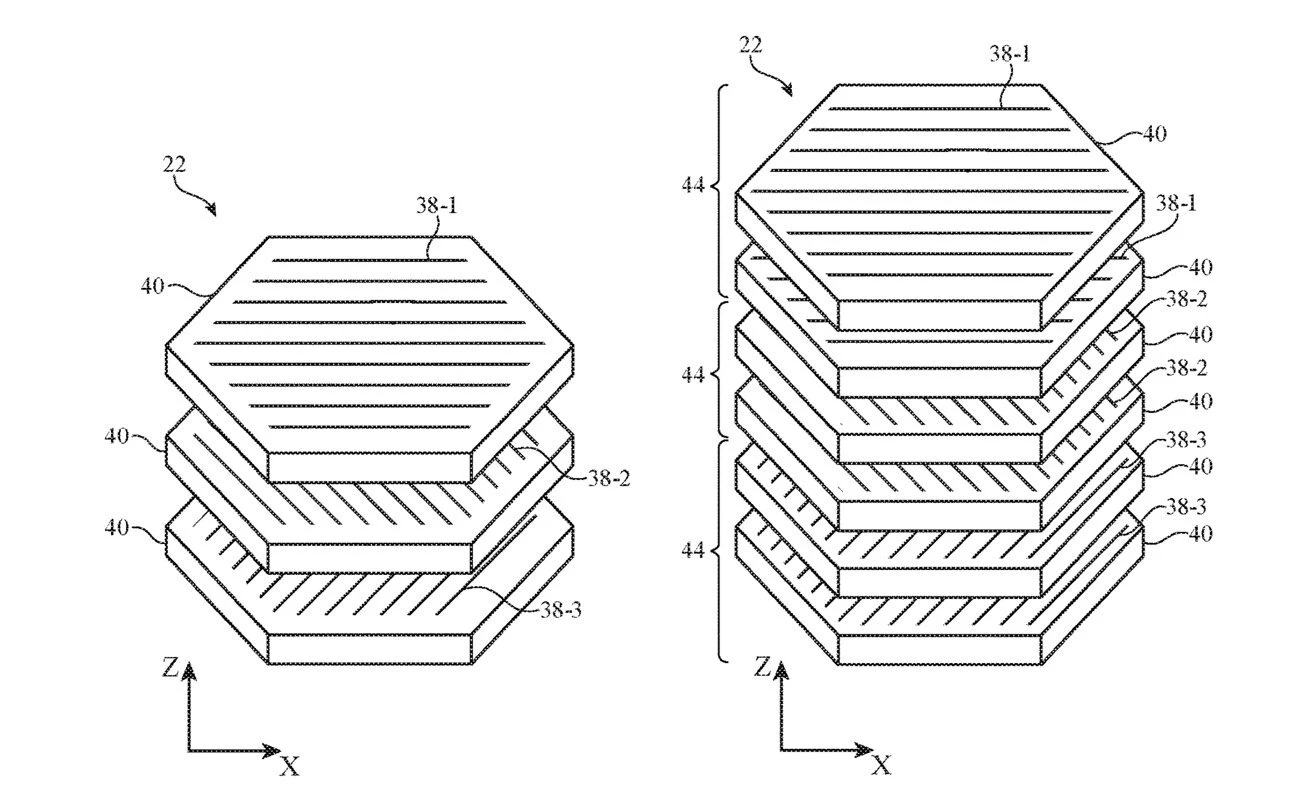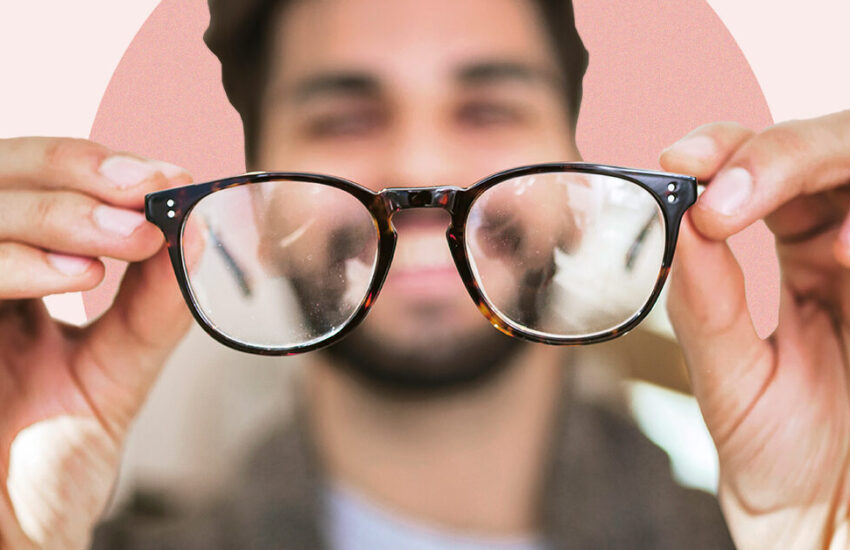There’s little doubt that smart glasses are set to become a technological revolution that’s matched only by the metaverse in terms of anticipation. Today, we’re seeing the release of eyewear that encompasses technologies like augmented reality, bluetooth, internet connectivity, and video recording capabilities. Tomorrow, all of these features and more will be readily available within one pair of glasses.
The ambitions of the players in the smart eyewear industry are high. Nimo Planet, which has created Nimo, a pair of smart glasses that have packed a Qualcomm Snapdragon XR1 processor discreetly into an ergonomic frame, is a company that intends to create glasses that will ultimately replace the laptop for users on-the-go.
The notion of typing at a bluetooth keyboard in a coffee shop whilst using your glasses as a responsive digital display may seem like the stuff of science fiction, but Nimo’s technology is growing at a rapid rate. Multiple companies within the industry are set on mounting a challenge to traditional computing and even smartphones as the world’s favorite tech.

(Image: InfotechLead)
As we can see from the chart above, the prospect of succeeding in the fledgling AR market is a lucrative one. Globally, the total expected revenue generated by the AR market is set to surpass $160 billion by 2026.
But how can this new generation of eyewear become accessible for everyone? Eyesight is far from one-size-fits-all, and different consumers will have a wildly different quality of sight.
However, patents granted for Apple may provide an insight into the future of prescription eyewear as this new technological frontier begins to take hold:
How do smart glasses suit prescriptions?
In early 2022, Apple was granted a patent for ‘tunable and fovated lens systems’, which the company suggests could pave the way for glasses having the power to adjust its lenses to correct the vision of the wearer. Should the technology become effective enough, it may mean that smart glasses could be worn without the necessity of a prescription.

(Image: Phone Arena)
Apple’s patent involves stacking lenses for each eye, which may involve liquid crystal adjustable lenses layered alongside non-liquid-crystal adjustable lenses. These liquid crystal lenses could then include cells and electrodes that can control the light that passes through – paving the way for adjustments to be made as and when the wearer requires.
Significantly, the smart glasses could include eye-tracking to deliver automated adjustments to the user’s vision. In real terms, this could mean that lenses can be adjusted at the point where it intersects the user’s line of sight.
Furthermore, the patent can aid conditions like presbyopia by “applying distinct optical power” to combat vision deficiencies. Apple believes that the patent could ultimately help to “reduce disorienting visual sensations caused by changes in magnification.”
Apple’s patent appears to operate in a similar way to Varilux progressive lenses, which are highly adaptive and capable of aiding individuals living with presbyopia by continually adjusting to aid vision in different lighting conditions and over different distances.
Partnering up for the future
Away from Apple’s ambitious patents, other leading eyewear firms are aiming to partner up to deliver more advanced smart glasses solutions for users who require prescription glasses.
In Europe, Swiss lens manufacturer, Optiswiss, recently announced a partnership with Luxexcel to deliver commercial 3D printed lenses to market for use in smart glasses and traditional eyewear. The strategic partnership has been fostered as companies aim to deliver better prescription lens capabilities for smart eyewear devices.
Through Luxexcel’s 3D printing capabilities, Optiswiss can create functional prescription glasses that can be compatible with smart eyewear. Luxexcel CEO, Fabio Esposito said: “The combination of our technology and the experience of Optiswiss as a lens manufacturer ensures that smart eyewear producers can bring to market smart devices that address the needs of those with prescriptions.”
“To compete in the race to launch consumer-ready smart glasses, eyewear manufacturers need to address prescription in their smart glasses devices. More than 75% of the world’s adult population today requires prescription lenses,” Esposito added.
Long way to go
Despite the outlook for smart glasses and prescription lenses looking good, CNET reporter, Scott Stein has noted that the industry is still prohibitive for prescription glasses wearers today.
Retailers like Lenscrafters have confirmed that it’s incapable of installing certain special prescription lenses for Meta’s Ray-Ban Stories smart glasses due to an inability to service the product. According to Stein’s report, “The glasses needed to be made to order with the prescription lenses preinstalled, at least according to everyone I asked about it.”
This shows that the smart glasses industry will need work on some fundamental issues before it’s ready to take on the laptop. However, with Apple’s impressive patent and big partnerships being fostered in Europe, the future certainly looks promising, and inclusive, for the smart glasses of tomorrow.
